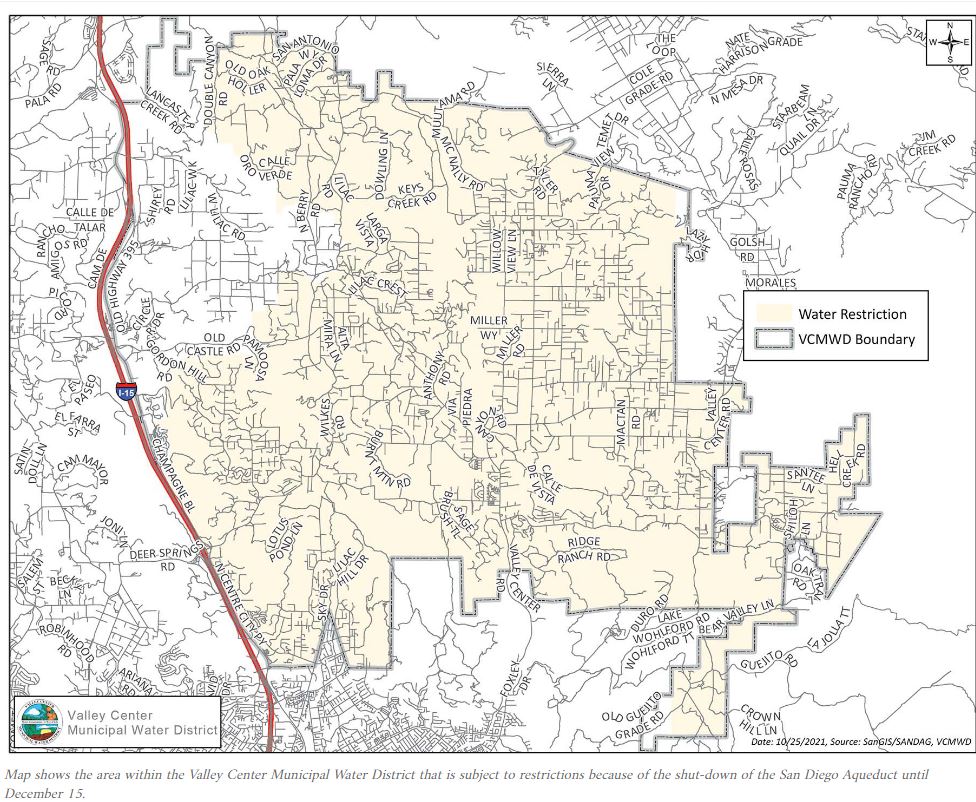‘A Foundation of Racism’: California’s Antiquated Water Rights System Faces New Scrutiny
It’s an arcane system of water law that dates back to the birth of California — an era when 49ers used sluice boxes and water cannons to scour gold from Sierra Nevada foothills and when the state government promoted the extermination of Native people to make way for white settlers.
Today, this antiquated system of water rights still governs the use of the state’s supplies, but it is now drawing scrutiny like never before.



